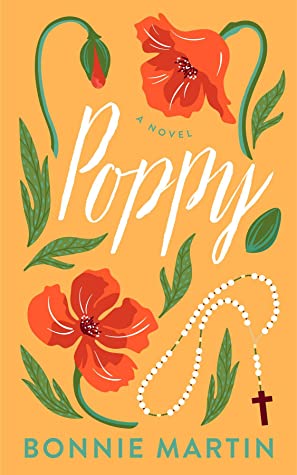
Despite lugubrious paragraphs and static characters, Martin’s novel illustrates how ignorant twenty-first century young people could be about the abortion wars of the past half century before they become pro-life activists.
The paragraphs are often pages long; even dialogue is encased in the solid paragraphs and not written in lines like other novels. Why the author chose to compose such lugubrious text cannot be determined. Maybe she was striving to match a stream-of-consciousness of an ordinary teenaged girl?
Also, the characters are more static than dynamic. Poppy is always obedient to her mother (slight rolling of the eyes notwithstanding). Tucker, her classmate with whom she discusses the pro-life topics ventured in the novel, is not merely a typical handsome high school senior, but a well-balanced young man who is a faithful Catholic, pro-life activist at a crisis pregnancy center, and just a good boy. Perhaps his only fault is that he touches his mass of hair too often. Can any young man be that pure and holy and dripping with righteousness? Slightly incredible say I.
Some scenes are depicted beautifully, such as the disclosure of the body of the abandoned baby (pages 250ff), which is a damning example of the callousness that some have of newborn human life. That episode, however, concerns infanticide more than feticide, the early area of concern that Poppy has, or abortion, which she later realizes is her primary social justice issue.
While the seasoned pro-life activist would wonder how such sweet innocents, raised in a culture of high technology as ours, could be so ignorant about the controversy regarding the right to life of the unborn child, maybe that is Martin’s purpose: to reach similarly ignorant, naïve, or just plain simple-minded young teenaged girls who come to the abortion issue without the benefit of knowing the movement’s history of five decades. If this is the author’s intent, then she may succeed with that reading demographic.